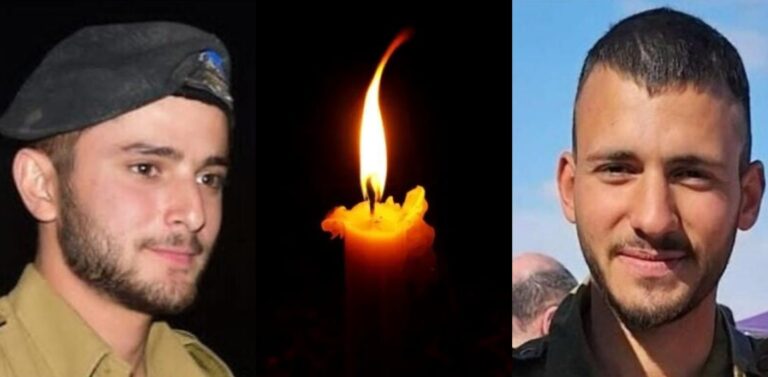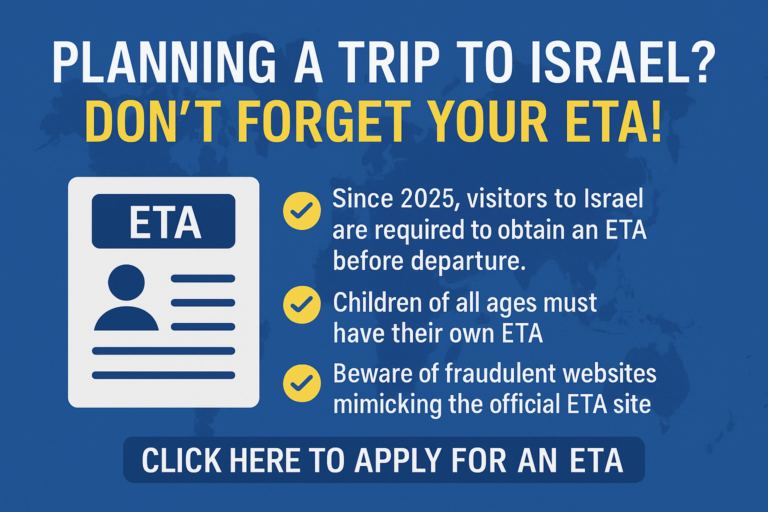Brynn Schulte nearly died twice when she was a baby, at one point needing emergency surgery for massive bleeding in her brain.
No one knew what was wrong until a test that looked at her full genetic blueprint found a rare bleeding disorder called factor XIII deficiency — an early diagnosis that saved her life.
“You have this hopeless feeling when you don’t really know what’s going on,” said her father, Mike Schulte. “Casting a wide net really made a world of difference figuring this out quickly and getting her the right care that she needed almost immediately.”
Brynn, now 4, got the genetic testing as part of a clinical trial, the results of which were published recently in the Journal of the American Medical Association. “Whole genome” tests are nearly twice as good as narrower tests at unearthing genetic abnormalities that can cause disease in infants — the study found 49% of abnormalities, compared to 27% with more commonly used tests targeting particular types of genetic diseases.
Whole genome tests could solve the problem of doing several narrowly targeted tests on babies, which still might not find the disorder. Experts caution there are some issues, because labs vary in how they interpret results, and whole genome tests are costlier and less likely to be covered by insurance.
But researchers envision that whole genome tests eventually will be used for millions of hospitalized babies with confounding, sometimes life-threatening conditions. According to the U.S. National Human Genome Research Institute, around 350 million people worldwide live with rare disorders, and about 80% of the more than 7,000 conditions are genetic.
“I’ve been doing clinical trials of babies for over 40 years,” said study author Dr. Jon Davis, chief of neonatology at Tufts Children’s Hospital in Boston. “It’s not often that you can do something that you feel is going to really change the world and change clinical practice for everyone.”
___
The night after Brynn was born, her mother Lindsay noticed her skin was gray, her breathing labored. Blood had pooled beneath Brynn’s scalp, causing two bulges on her head.
Doctors transferred her to the neonatal intensive care unit at Cincinnati Children’s Hospital Medical Center, where she got blood transfusions and tests for different bleeding problems. She improved and went home — only to wind up back in the hospital when she was about a month old for the massive brain bleed. A doctor warned she likely wouldn’t make it. A pastor prayed with the family.
After her surgery, Brynn stayed in the NICU for two months. At various points, doctors thought she might have a vascular problem or a mass in her liver.
“Everybody was very unsettled because nobody knew what the heck was going on,” Lindsay Schulte recalled. “I don’t think we slept. I mean, watching your child nearly die in front of your eyes twice is a memory I’ll never erase.”
Then the Schultes learned about the clinical trial, which involved 400 hospitalized infants. Brynn and both parents got the whole genome testing. The diagnosis came in less than a week: She had the rare bleeding disorder, which affects an estimated 1 in 2 million to 1 in 3 million live births, and another condition causing a severe reaction to certain anesthesia drugs.
Doctors said that diagnosis would likely have been delayed — or even missed — with multiple narrower tests.
Many babies in the trial had genetic variants that narrower tests just couldn’t detect, said Dr. Jill Maron, a study author and chief of pediatrics at Women & Infants Hospital in Rhode Island.
That’s because targeted tests cover maybe 1,700 out of 20,000 genes, so whole genome testing simply “captures more things,” said Dr. Paul Kurszka of GeneDx, a company that provides whole genome testing but wasn’t involved in the study.
Another child in the clinical trial, 2-year-old Cash Denaro of Oceanside, California, was found to have a genetic condition called Noonan syndrome, which involves heart defects, developmental delays and other problems. His mom, Amanda Denaro, said that with the diagnosis, “we know what they think he may be delayed on, so we can work on these more — not just kind of push it under the rug.”
___
Broader access to full genome tests is necessary if more kids are going to be helped, experts like Maron said. Full genome tests generally cost about three times more than narrower tests, she said, and aren’t covered by Medicaid in most states.
Then there’s the question of interpreting test results: More than 40% of the time in the study, labs found the same genetic variant, but one considered it the cause of disease while the other saw it as insignificant. Philip Brooks at the National Institutes of Health, which helped pay for the research, said it “remains a topic to be addressed.”
One reason for the differing interpretations is that science is moving so quickly linking genes to disorders and there isn’t a comprehensive international system where doctors can check for the latest information, said Mara Aspinall, who teaches biomedical diagnostics at Arizona State University. She was not involved in the study.
Despite such hurdles, some kids are already benefitting from whole genome testing. It made all the difference in ensuring Brynn got the right treatment so she could thrive, said Dr. Cristina Tarango, her hematologist at Cincinnati Children’s.
Today, Brynn lives like any active preschooler except for regular infusions of factor XIII replacement.
On a recent morning, Lindsay Schulte put “Sleeping Beauty” on the television and laid Brynn on a blanket on the kitchen counter. A visiting nurse took blood from a port implanted in her chest and Schulte slowly administered the medication through a syringe.
Like usual, Brynn chose the bandage to put over her port — one featuring a cat from her favorite show.
“All done!” her mom chirped, and soon Brynn was running barefoot across a couch, gleefully chasing her older brother. ___
(AP)












3 Responses
The Sholcha Aruch in Siman 338:1-2 (YD) prohibits a non-physician giving medical Etzas to people. Even a physician who is liscenced is not permitted to be megaleh his deah if he knows of existance of a greater momche than him. Rav Moshe ZL clarifies this Halacha that since Bizman Hazeh medicine is so specialized, every physician MUST only give Etzas within his field of expertise (specialty). All contemporary Poskim and Gedolei Poskim hold the same way. Now in every community we have Rabanim that specialize in medicine and there are many fine organizations that give medical advise to people without having the rershos of Beis Din ( Bizman Haze a lisc from state). These Rabanim/askanim are very much against all these genetic tastings and advise the people that trust them as such. Not only they are over this Halacha endorsed literally by all Poskim, but also CVS, they can be Lifnei Ever, and cause a rift(chilul Hashem) between the patient and healthcare providers. SH calls such a behavior Harei Hu Shofech Damim!
It’s not in שלח
Where is it?
My bad. שלו. Was going based on memory and was off by 2 simonim